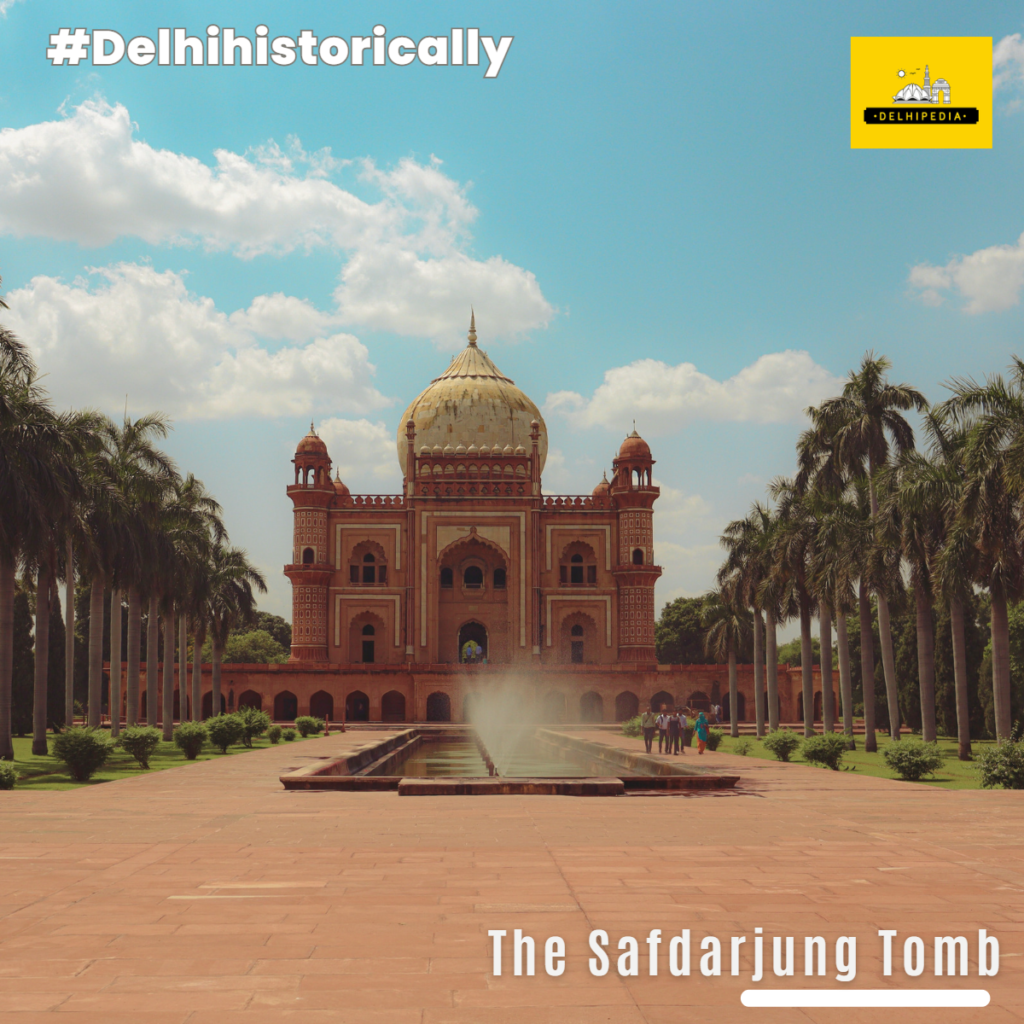The Safdarjung's Tomb
Safdarjung’s Tomb, located in Delhi, India, stands as a splendid testament to the late Mughal Empire style. Constructed in 1754 for Nawab Safdarjung, a powerful ruler of Awadh, the mausoleum exhibits grandeur and elegance through its sandstone and marble structures. Reminiscent of iconic Mughal tombs like the Taj Mahal, this architectural masterpiece boasts a spacious ambiance, domed and arched red, brown, and white structures, and a stunning garden divided into four sections.
Safdarjung, also known as Safdarjung Mirza Muqim Abul Mansur Khan, governed Awadh as an independent ruler and later served as the viceroy of Muhammad Shah in Delhi. With the decline of the Mughal Empire, Safdarjung’s influence expanded primarily in North India. When Emperor Muhammad Shah passed away, Safdarjung moved to Delhi and was appointed as the Prime Minister, bearing the title Vazir ul-Mamalk-i-Hindustan.
Safdarjung’s Tomb represents a late version of the earlier Mughal imperial tombs. The main chamber, adorned with a magnificent dome, is surrounded by “eight paradises” or eight rooms inside. These chambers, arranged in a symmetrical fashion, contribute to the grandeur and spaciousness of the tomb. The exterior of the tomb features a harmonious blend of red, brown, and white colors, showcasing the skillful use of sandstone and marble. The surrounding garden, divided into four parts, further enhances the beauty of the mausoleum.
Situated near the Safdarjung Airport at the intersection of Lodhi Road and Aurobindo Marg (previously known as Mehrauli Road) in New Delhi, the tomb enjoys a strategic location that attracts visitors from around the world.
Safdarjung’s Tomb stands as a remarkable architectural gem, proudly representing the late Mughal Empire style. Built in 1754, this sandstone and marble mausoleum showcases the opulence and grandeur associated with the Mughal era. With its exquisite domed and arched structures, spacious interiors, and meticulously designed garden, the tomb leaves an indelible impression on all who visit. As a testament to the rich cultural heritage of India, Safdarjung’s Tomb continues to be a cherished landmark and a symbol of architectural brilliance.





